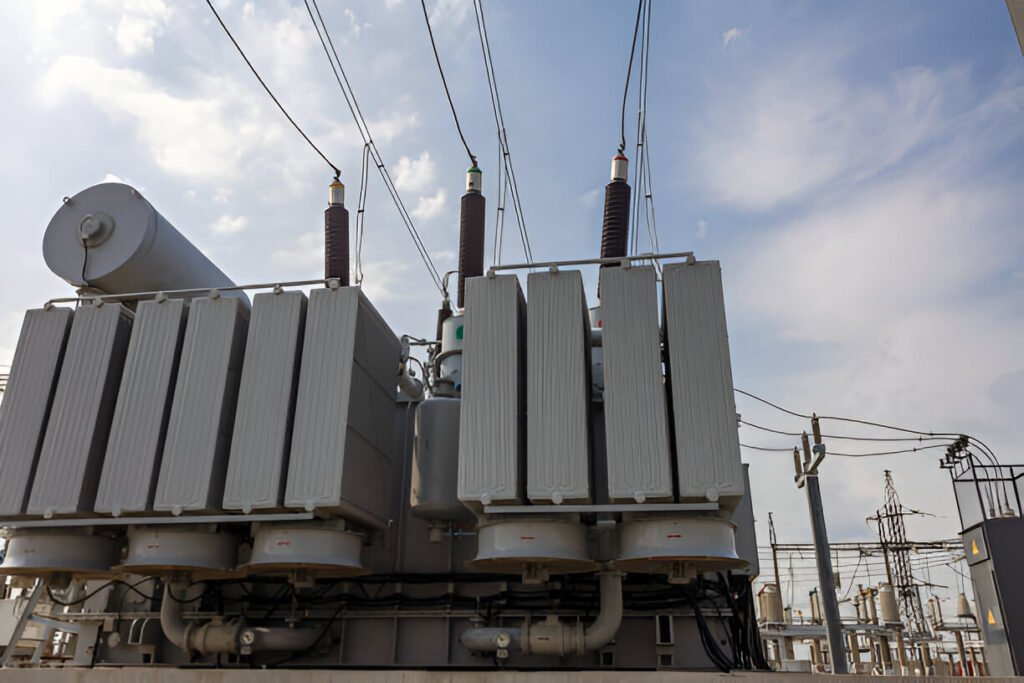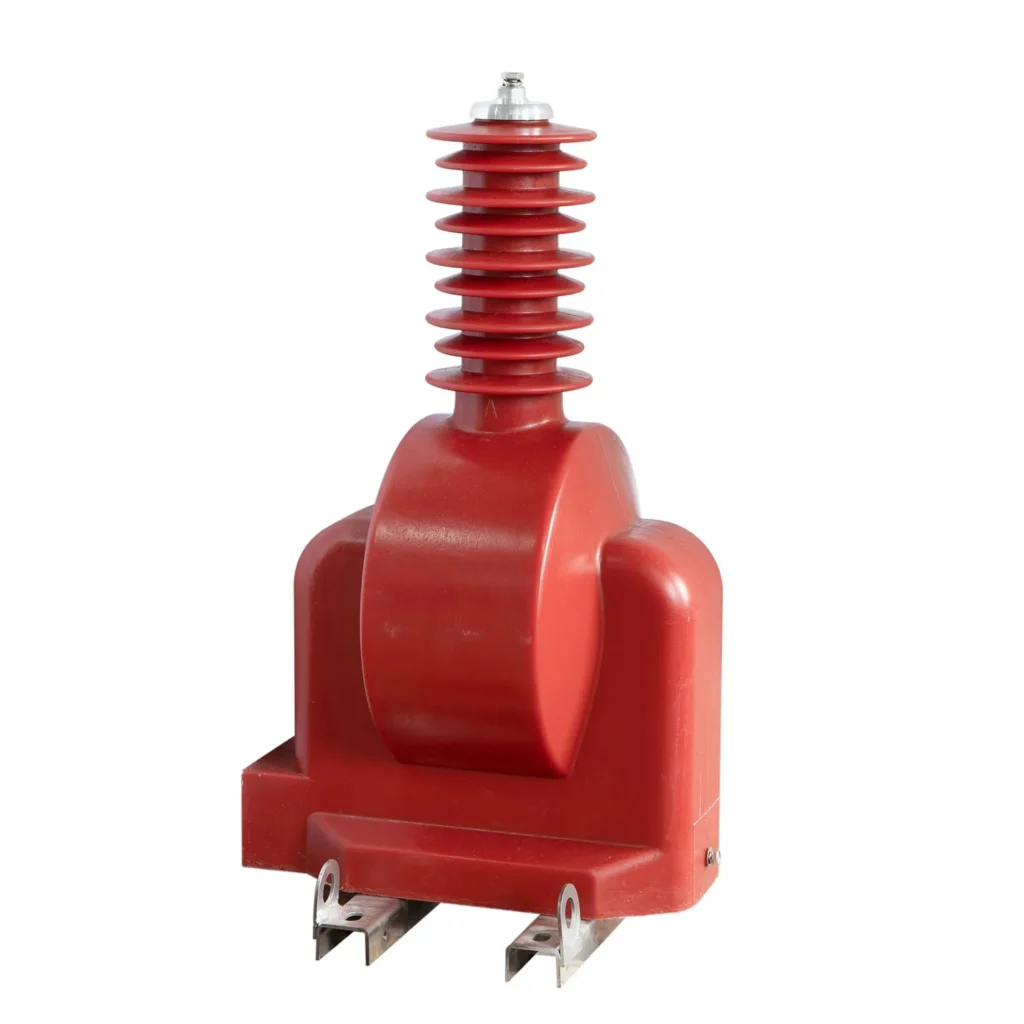
NEC Code for Transformer Protection
Transformers play a critical role in electrical power distribution systems, stepping voltage up or down to meet the needs of various applications. To ensure the safe and reliable operation of transformers, the National Electrical Code (NEC) establishes specific requirements for their protection, disconnection, grounding, ventilation, and marking. This article will provide a comprehensive overview of the NEC provisions related to transformer protection, including overcurrent protection, disconnecting means, grounding, ventilation, and nameplate markings.

Overcurrent Protection for Transformers (NEC 450.3)
Primary overcurrent protection
Primary overcurrent protection is required for transformers with a primary voltage of 1,000 volts or less, unless the transformer meets one of the exceptions listed in NEC 450.3(A). The primary overcurrent protective device (OCPD) must be rated or set at not more than 125% of the transformer’s rated primary current. For transformers with multiple primary windings, each winding must have its own OCPD.
Secondary overcurrent protection
Secondary overcurrent protection is required for transformers with a secondary voltage of 1,000 volts or less, unless the transformer meets one of the exceptions listed in NEC 450.3(B). The secondary OCPD must be rated or set at not more than 125% of the transformer’s rated secondary current. In cases where the secondary current rating is less than 9 amperes, the OCPD can be rated or set at not more than 167% of the transformer’s rated secondary current.
Exceptions and special cases
NEC 450.3 provides several exceptions to the primary and secondary overcurrent protection requirements. These exceptions apply to certain transformer configurations, such as autotransformers, and to transformers with specific characteristics, such as those with high impedance or those used in motor control circuits. It is essential to carefully review NEC 450.3(A) and (B) to determine if a transformer meets any of the exceptions.
Transformer Disconnecting Means (NEC 450.14)
Location of disconnecting means
The disconnecting means for a transformer must be located either in sight of the transformer or in a remote location. If located in a remote location, the disconnecting means must be lockable in accordance with NEC 110.25.
Accessibility requirements
Transformer disconnecting means must be readily accessible and must not be located more than 6.5 feet (2.0 m) above the floor or working platform, unless meeting one of the exceptions listed in NEC 450.14(A).
Permanent markings
Transformer disconnecting means must be permanently marked to indicate the transformer they control. The markings must be readily visible and must include the following information:
- Transformer identification (e.g., “Transformer T1”)
- Transformer voltage and current ratings
- Location of the transformer (if not in sight of the disconnecting means)
Transformer Grounding (NEC 450.10)
Grounding of transformer enclosures
Transformer enclosures must be grounded in accordance with NEC 250.4, which establishes the general requirements for grounding and bonding. The grounding conductor must be sized in accordance with NEC 250.66 and must be connected to the transformer enclosure using a listed grounding terminal or bus.
Grounding of transformer secondary circuits
Transformer secondary circuits must be grounded in accordance with NEC 250.20 and 250.30. The grounding method depends on the transformer’s secondary voltage and the type of electrical system (e.g., separately derived system or non-separately derived system). In general, the grounding conductor must be sized in accordance with NEC 250.66 and must be connected to the secondary circuit using a listed grounding terminal or bus.
Transformer Ventilation and Cooling (NEC 450.9)
Ventilation requirements for transformer vaults
Transformer vaults must be provided with ventilation openings to allow for the dissipation of heat generated by the transformers. The ventilation openings must be sized in accordance with NEC 450.45 and must be located to provide cross-ventilation of the vault. In some cases, mechanical ventilation may be required to maintain acceptable temperature levels within the vault.
Cooling requirements for liquid-filled transformers
Liquid-filled transformers must be provided with adequate cooling to prevent overheating and ensure proper operation. The cooling method depends on the transformer’s size and the type of liquid used for insulation and cooling (e.g., mineral oil, silicone fluid, or less-flammable liquid). Liquid-filled transformers may be cooled by natural convection, forced-air cooling, or liquid-to-liquid heat exchangers. The cooling system must be designed in accordance with the transformer manufacturer’s recommendations and must be capable of maintaining the liquid temperature within acceptable limits.
Transformer Nameplate Markings (NEC 450.11)
Required nameplate information
Transformer nameplates must include the following information:
- Transformer manufacturer’s name
- Transformer rated kilovolt-amperes (kVA)
- Frequency
- Primary and secondary voltage
- Impedance (if 25 kVA or larger)
- Required clearances for ventilation
- Amount and kind of insulating liquid (for liquid-filled transformers)
- BIL rating of high-voltage winding (for transformers with high-voltage windings over 1,000 volts)
Durability of nameplates
Transformer nameplates must be made of durable materials that can withstand the environment in which the transformer is installed. The nameplate must be securely attached to the transformer and must be readable throughout the life of the transformer.







